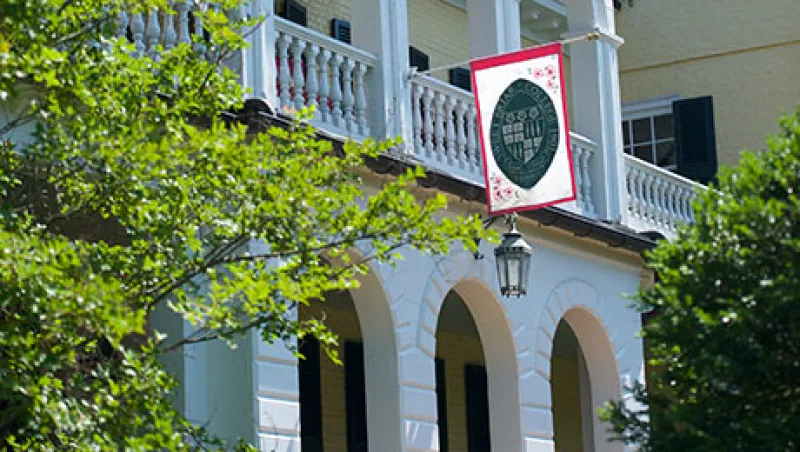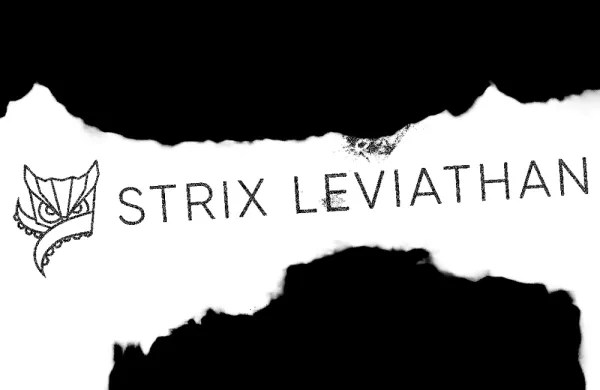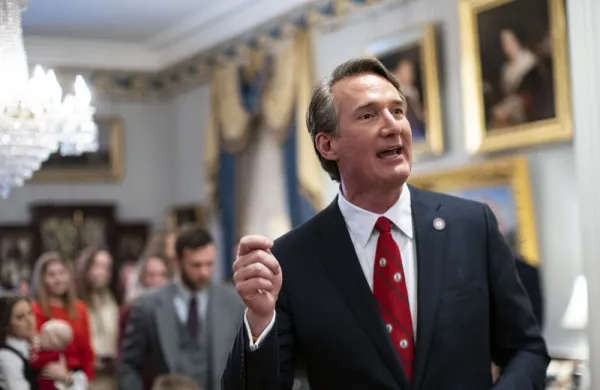When Jennifer Cumby heard the news in early March that Sweet Briar College — a 114-year-old small private school about 15 miles outside Lynchburg, Virginia — was closing its doors, she was shocked. Cumby, who graduated from Sweet Briar in 1995 and works at nearby Lynchburg College, said the news was so sudden and heartbreaking that it felt as if somebody had died.
“I think we all just stood around blinking for a while,” she said of her and her colleagues’ reaction when Lynchburg College’s president, Kenneth Garren, relayed the news to them. Garren reassured his school’s employees that Lynchburg was in good financial shape, but Cumby wasn’t taking any chances. She immediately set up a regular donation to the college’s general fund.
“What happened at Sweet Briar will never happen at another college I love if I have anything to do with it,” she says.
Sweet Briar’s complicated financial and legal battle wound its way through multiple Virginia courts in a matter of weeks after the board and president deemed the 610-student, all-women school too financially unstable to continue operations. This was news to many, including some alumnae who claimed they had signed over millions of dollars in donations just days before the announcement.
After much debate over whether Sweet Briar can be considered a trust (a judge found that it can — it is part of the estate of former plantation owner Indiana Fletcher Williams) and where operating funds would come from, the saga culminated Monday in a settlement mediated by the state’s attorney general, Mark Herring. The deal, which settles several separate disputes, will keep Sweet Briar open for at least another year. It also replaces the school’s president and board, who all resigned after an outcry from alumnae over what many deemed irresponsible financial management and fraud.
The legal battle to save Sweet Briar may have been won, but experts say the college’s financial worries will likely take longer to resolve, as the school works to create a new financing plan and make a renewed push to attract enrollees. Sweet Briar may be one small school in rural Virginia, but many others will be watching; it’s not the only small college struggling with a changing higher-education dynamic.
“It’s well known that small rural liberal arts colleges — in particular single-sex colleges — are under pressure financially due to the difficulty of keeping up full enrollment,” says John Griswold, executive director of Commonfund, a nonprofit investment management firm based in Wilton, Connecticut, that advises endowments. “Clearly, those who have survived and thrived in that sector have done so with some creativity, hard work and good marketing.”
Sweet Briar will need all of that and more to turn itself around, and the new board has the added hurdle of dealing with an issue only after it has become a crisis. “This came as a huge shock [to everyone but the board],” Griswold says, noting the school’s relatively large endowment — $85 million — for a college of its size and allegations that the previous administration knew about the financial issues long before it announced closure plans in March.
The saga of the past three months and what happens next may prove instructive for other schools struggling with funding and those managing their endowments.
“These concerns aren’t unique to small colleges or women’s colleges,” says Tracy Filosa, senior enterprise investment director at Boston-based global institutional investment adviser Cambridge Associates. “Lots of different types of colleges and universities are thinking about the right mix of resources to get financial sustainability.”
Filosa says that for many schools, the “net tuition” picture is changing. The difference between the listed tuition price and actual tuition discounted by financial aid is growing, and many schools are looking for ways to subsidize their traditional financing models.
“You never used to hear the term ‘financial exigency’ from schools in the past,” Filosa says, referring to what she describes as essentially the higher-education version of bankruptcy. “We haven’t seen that many actually end up in financial exigency, but you definitely hear the term come up as a possibility more often.”
If anything, the Sweet Briar situation may serve to emphasize the role that endowments play in the nonprofit, university and college business model, she says.
One major component of Sweet Briar’s model, at least moving forward, is alumnae donations. In accordance with a legal settlement, the school was required to amass alumnae pledges of $12 million. It succeeded, thanks to a group known as Saving Sweet Briar that campaigned enthusiastically in the small town, in op-eds and on social media. In connection with the settlement, Attorney General Herring will also release $16 million from the college’s restricted endowment.
Saving Sweet Briar has served not just to reassure the community but also to help craft the college’s game plan going forward; its members have gathered many ideas for better financial management in the future and plan to raise at least $120 million more from alumnae, though the former board argues that $250 million will be needed to keep the school afloat. The expected new college president, Phillip Stone, has a plan to raise enrollment and restore morale among faculty and staff, then focus on fundraising.
“All that being said, it’s still a very tough job to continue, barring a major change in the overall marketing strategy to increase enrollment,” says Griswold.
Sweet Briar alumna Cumby says she believes that effort is already well under way. “Now there’s been so much press about the alumnae, and how strong and smart and fierce and agile we are, that I think we will attract students who wouldn’t have thought of us otherwise,” she says. “It’s been one heck of a rebrand.”






